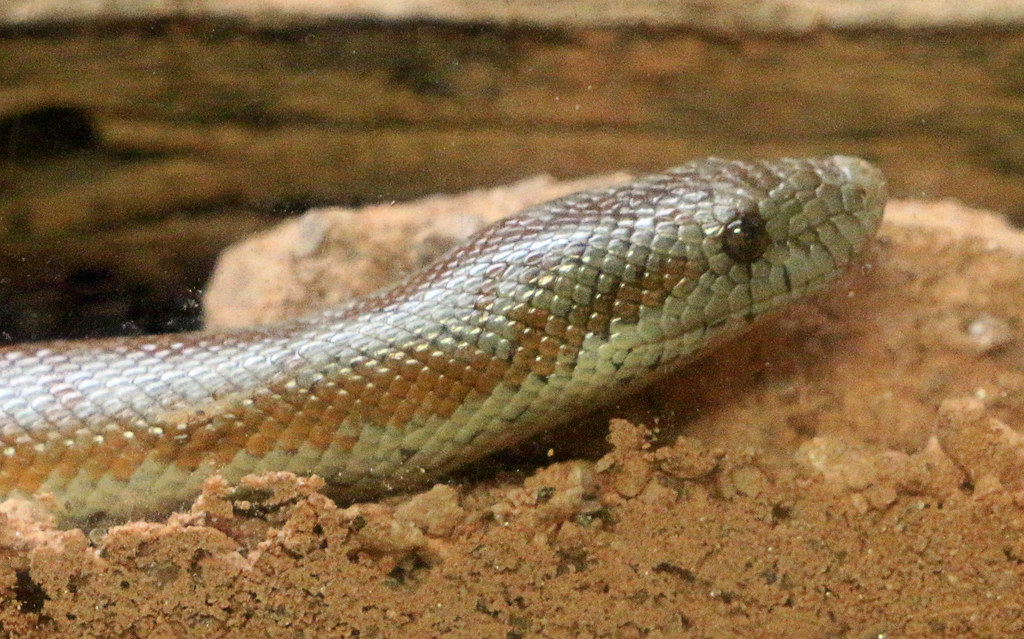In the diverse world of reptilian predators, few hunting methods are as specialized and fascinating as that employed by the sand boa family. Among these remarkable creatures, the Saharan sand boa has developed an extraordinary technique that relies not on sight, sound, or scent, but on detecting minute vibrations and pressure changes through the desert sands. This sensory marvel allows these snakes to locate and ambush prey while remaining completely hidden beneath the surface. The following exploration takes us into the remarkable world of these pressure-sensitive hunters and their unique place in the ecosystem.
The Masters of Subsurface Hunting
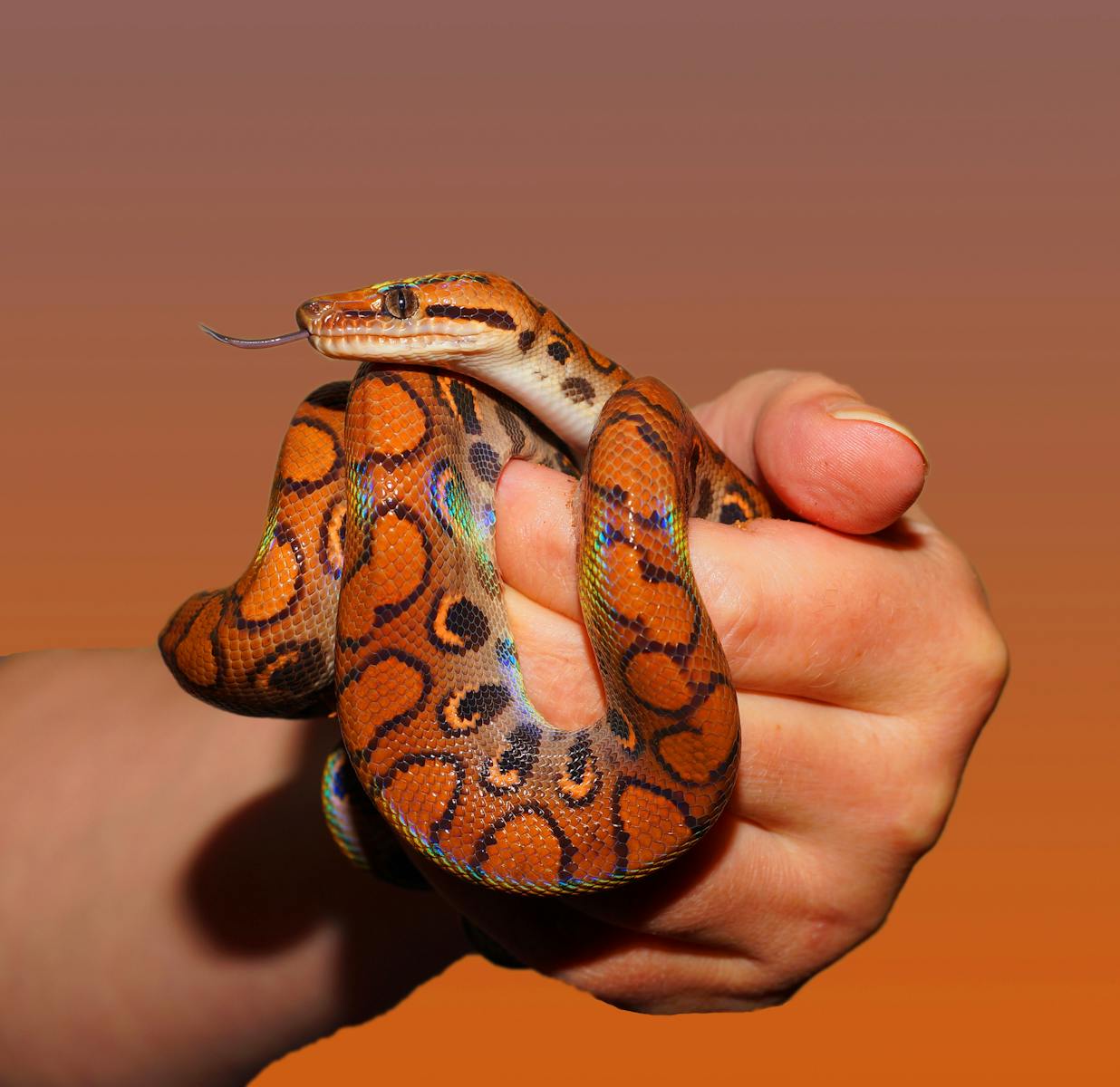
The Saharan sand boa (Eryx muelleri) and its relatives represent nature’s perfect adaptation to the harsh desert environment. Unlike most predatory snakes that rely primarily on visual or chemical cues to track prey, sand boas have evolved to detect the subtle pressure changes created when small animals move across the desert surface. This specialized hunting method allows them to remain completely concealed beneath the sand while tracking potential meals. The sand boa essentially turns the entire desert surface into an extension of its sensory system, transforming the arid landscape into a complex network of tactile information. This remarkable adaptation demonstrates how evolution can produce highly specialized solutions to the challenges of survival in extreme environments.
Anatomical Adaptations for Pressure Detection
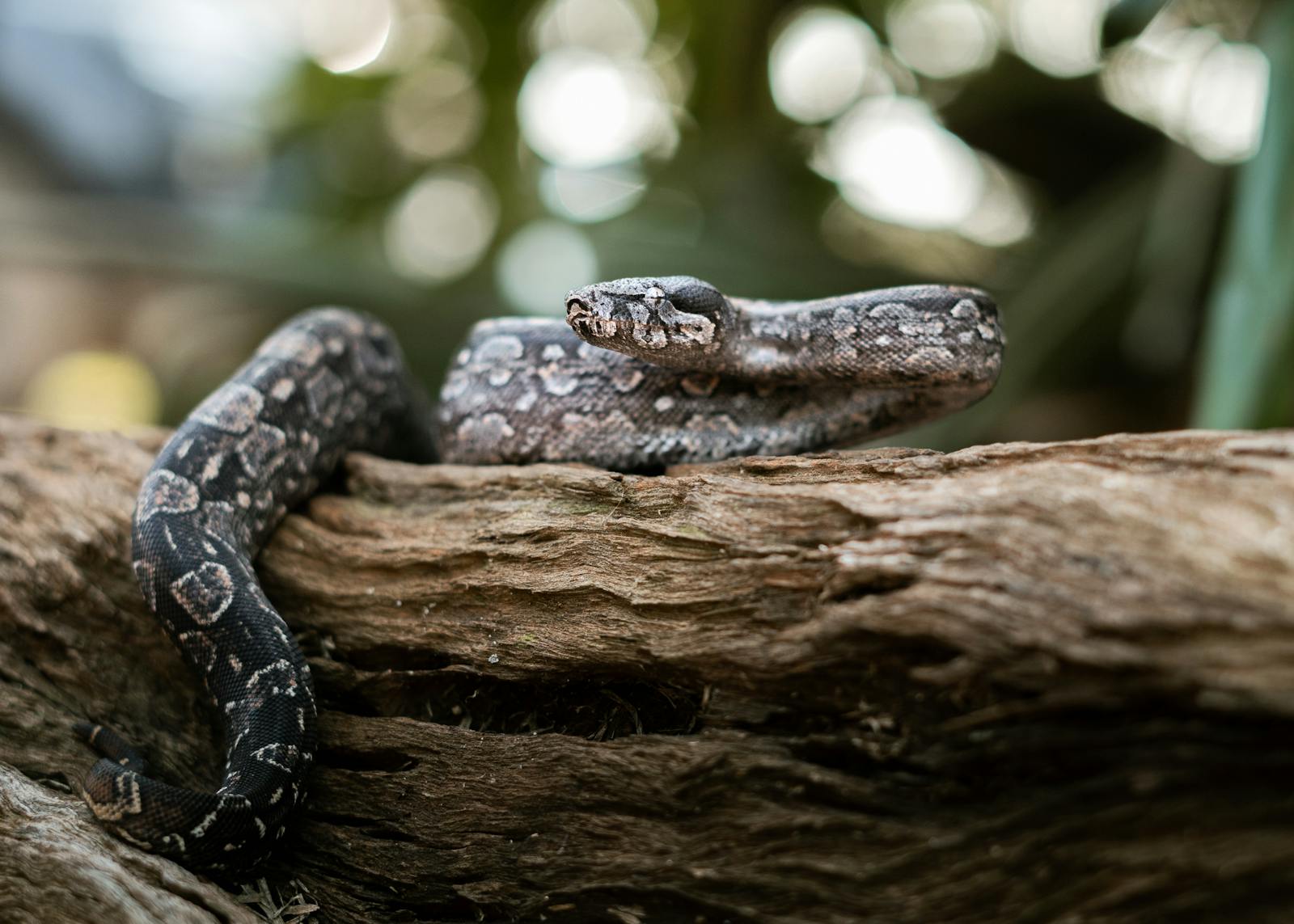
The sand boa’s ability to detect pressure changes through substrate isn’t just a behavioral adaptation but is deeply rooted in its physical makeup. Their bodies feature specialized sensory receptors called mechanoreceptors that are particularly concentrated along their sides and dorsal surfaces. These receptors are extraordinarily sensitive to mechanical deformation and vibration, allowing the snake to detect even the lightest footfalls of potential prey. The snake’s smooth, cylindrical body shape facilitates burrowing through sand while maximizing surface area contact with the surrounding substrate. Additionally, their skin contains microscopic sensory structures that can differentiate between ambient environmental vibrations and the specific patterns created by prey movements, essentially functioning as a biological seismograph system that helps them hunt with remarkable precision.
The Neural Processing Behind Pressure Hunting
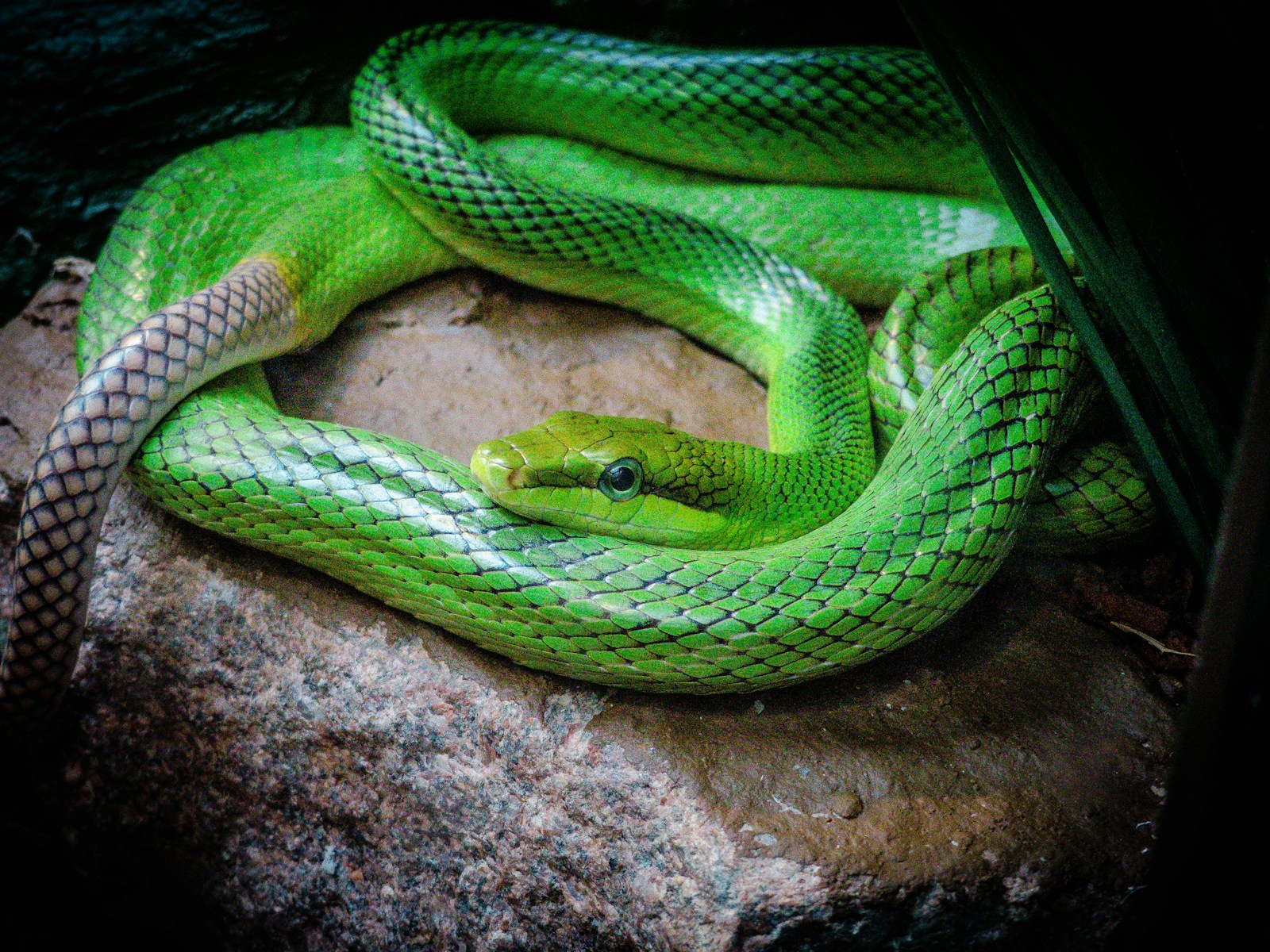
The sand boa’s exceptional hunting ability relies on sophisticated neural processing that converts physical pressure into actionable information. When prey movements create pressure changes in the sand, these signals are transmitted via specialized nerve pathways to the snake’s brain with minimal delay. Research suggests that sand boas possess enhanced regions in their brains dedicated to processing tactile information, giving them an extraordinary ability to create a “pressure map” of their surroundings. This neural specialization allows them to not only detect the presence of prey but also accurately determine direction, speed, size, and even species in many cases. The snake’s brain effectively constructs a three-dimensional representation of the world above from nothing but pressure waves traveling through sand particles, a remarkable feat of natural engineering that scientists are still working to fully understand.
The Perfect Ambush Predator
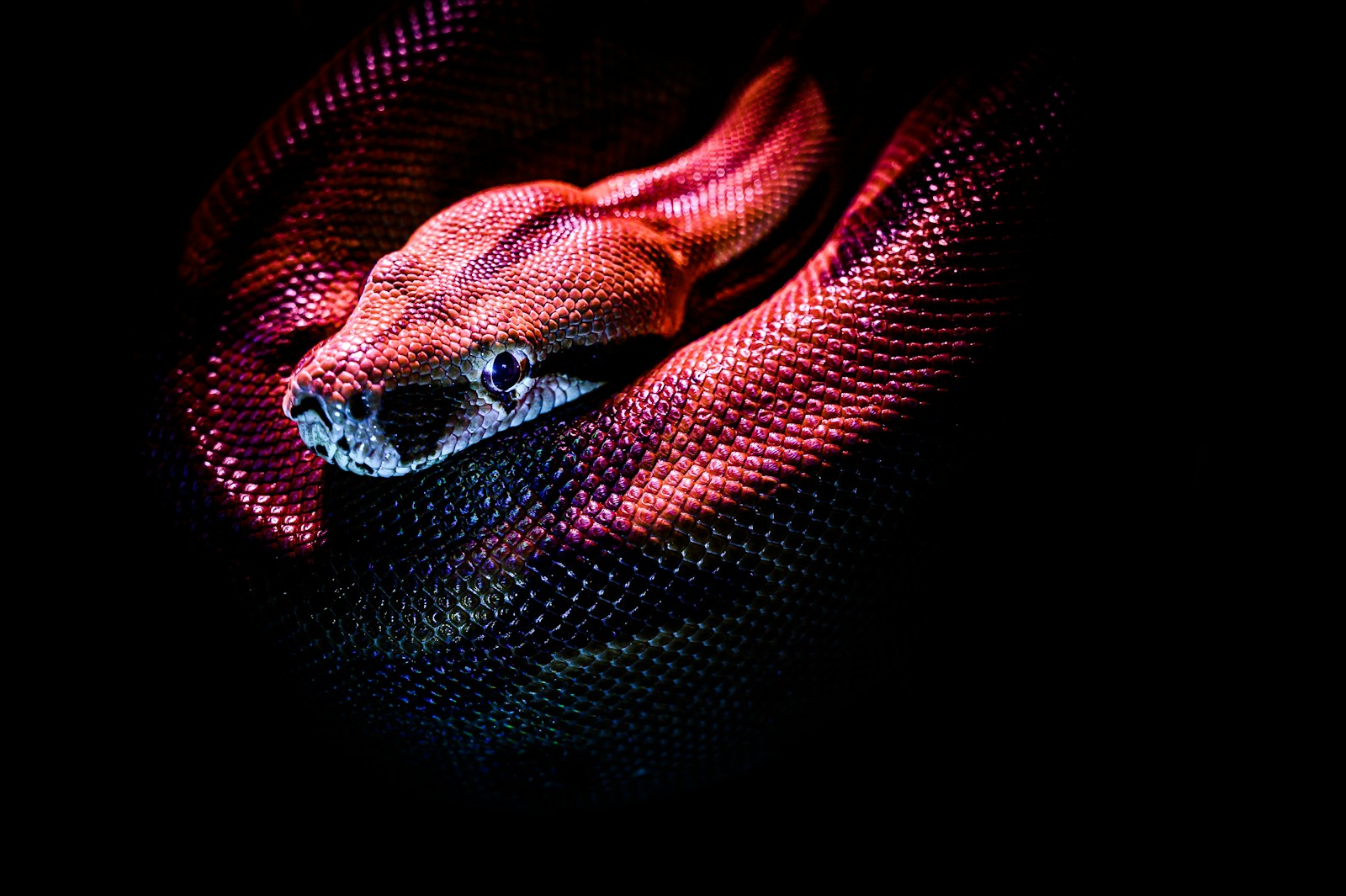
Sand boas represent the quintessential ambush predators, having refined their hunting strategy over millions of years of evolution. Unlike active hunters that expend energy searching for prey, sand boas conserve precious resources by remaining motionless beneath the sand, sometimes for days or even weeks at a time. When suitable prey is detected crossing overhead, the snake launches a precisely targeted strike, erupting from below with remarkable speed and accuracy. Their powerful jaws grip the prey while their body rapidly coils around it, employing constriction to subdue even struggling victims. This energy-efficient hunting strategy is perfectly suited to the resource-scarce desert environment, where conserving energy between meals can mean the difference between survival and starvation in an ecosystem where food opportunities are unpredictable.
The Evolutionary Journey to Pressure Sensing
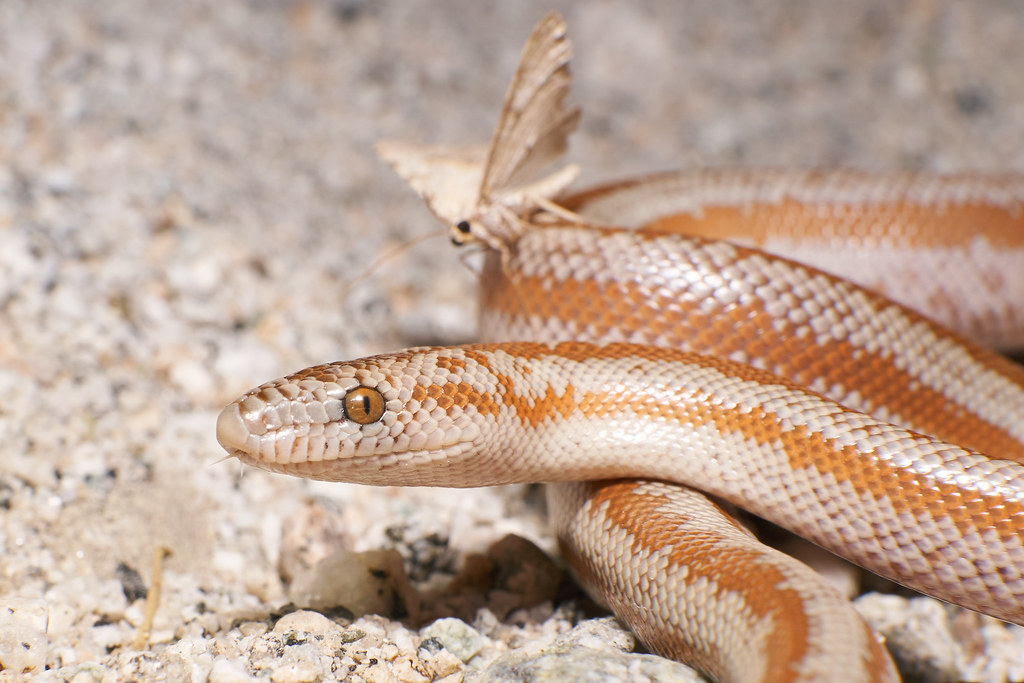
The specialized hunting technique of the sand boa didn’t develop overnight but represents millions of years of evolutionary refinement. Scientists believe that pressure-based hunting evolved gradually from more generalized vibration sensing present in many snake species. As ancestral boas adapted to subterranean desert living, natural selection favored individuals with enhanced sensitivity to substrate vibrations. Over countless generations, this sensitivity became increasingly refined, eventually developing into the highly specialized pressure detection system we observe today. Genetic studies suggest that specific genes controlling sensory receptor development and neural processing underwent significant modifications during this evolutionary journey. This remarkable adaptation illustrates how environmental pressures can drive the development of highly specialized sensory systems when they provide a significant survival advantage in challenging ecological niches.
Desert Specialists: Habitat and Distribution
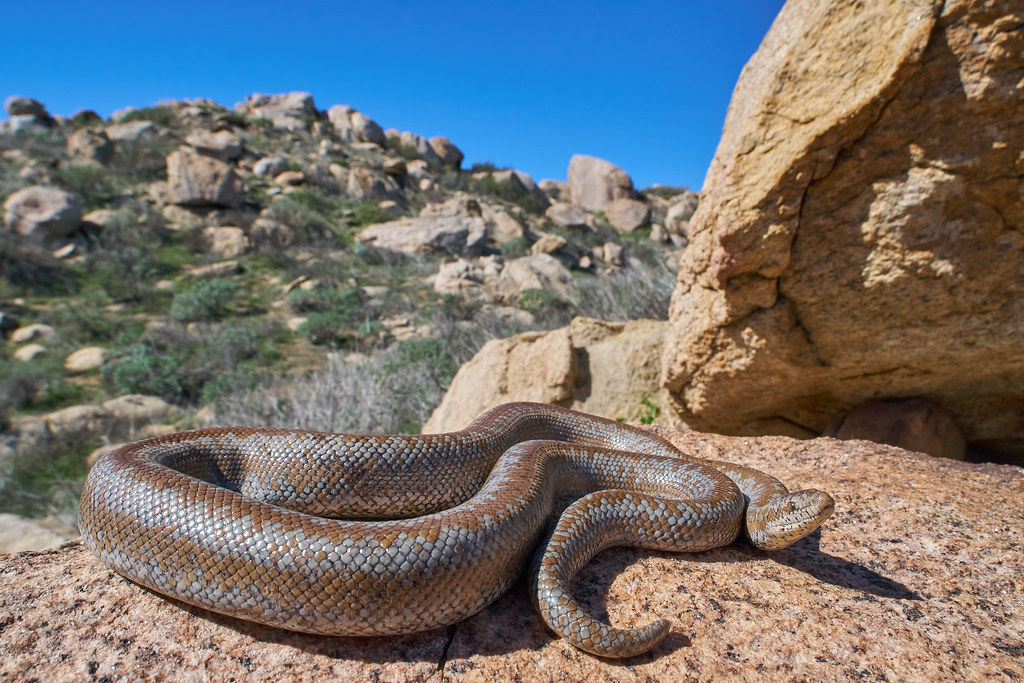
Pressure-hunting sand boas are primarily found in arid regions across Africa, the Middle East, and parts of Asia, with each species adapted to specific desert ecosystems. The Saharan sand boa thrives in the loose, fine sands of the Sahara Desert, where its pressure-sensing abilities work optimally in the uniform substrate. Other related species like Eryx jayakari inhabit the Arabian Peninsula, while Eryx colubrinus can be found across northern Africa and parts of the Middle East. These snakes typically prefer areas with loose, sandy soil that facilitates both their burrowing behavior and pressure-sensing abilities. Their distribution is closely tied to substrate composition, as their specialized hunting technique is most effective in fine, relatively homogeneous sand that efficiently transmits pressure waves from surface movements to the buried snake.
The Prey Spectrum of Pressure Hunters
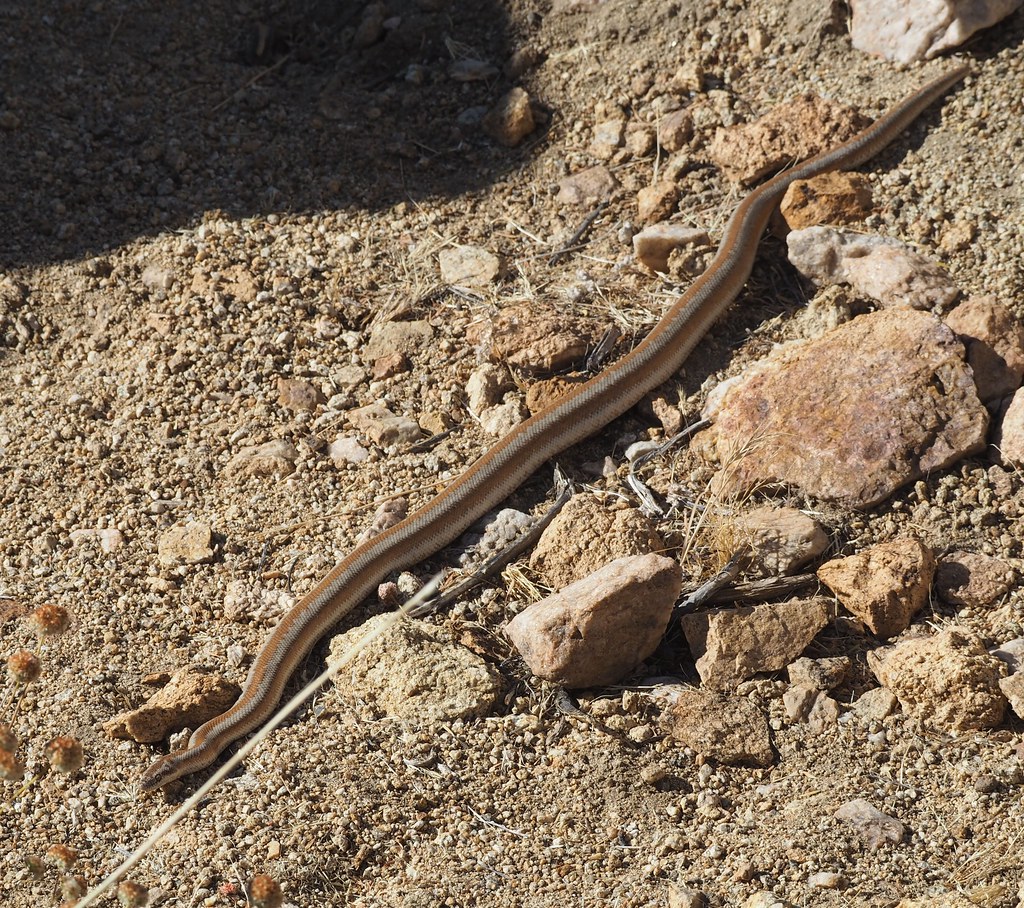
The pressure-detecting hunting strategy of sand boas allows them to target a diverse range of desert-dwelling prey animals. Small rodents such as jerboas, gerbils, and desert mice constitute the primary prey for many sand boa species, with their characteristic hopping or scurrying movements creating distinctive pressure signatures that the snakes readily detect. Juvenile sand boas often focus on smaller prey like desert-adapted insects and small lizards until they grow large enough to tackle rodents. Some larger sand boa species will occasionally take ground-nesting birds, particularly when opportunistically encountering nestlings or eggs. The sand boa’s diet directly reflects which animals frequent their territory and create sufficient pressure patterns for detection, demonstrating how their specialized sensory adaptation dictates their ecological niche and relationships within the desert food web.
The Striking Mechanism: From Detection to Capture
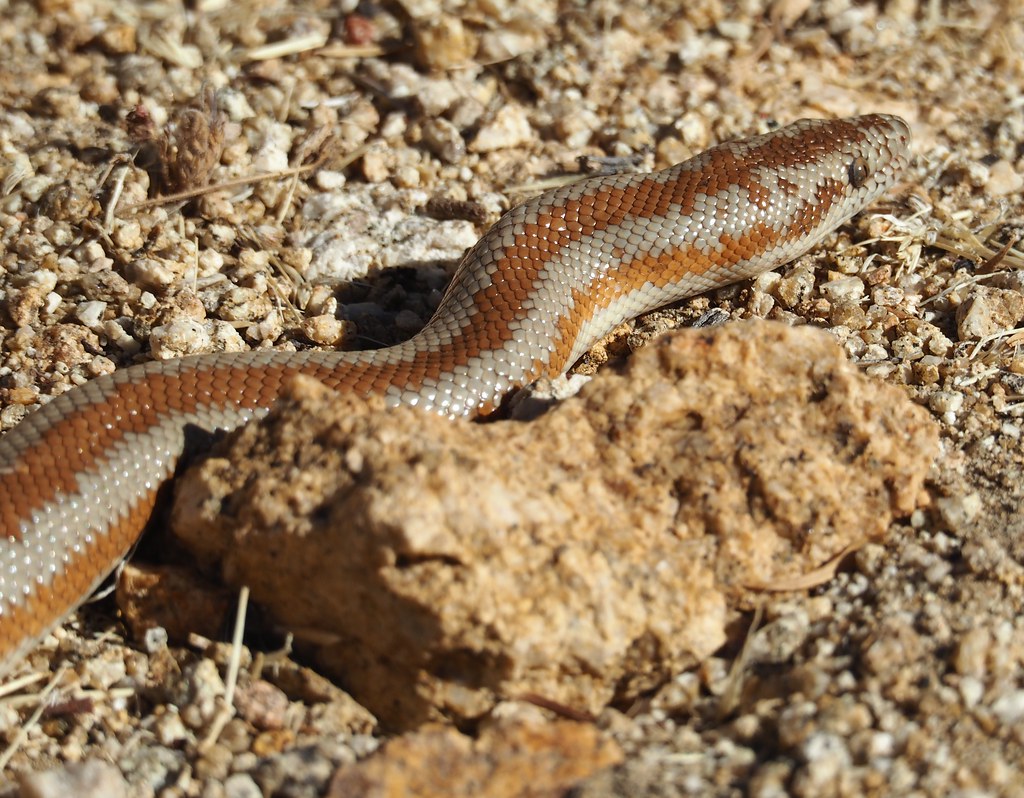
When a sand boa detects suitable prey moving overhead, it initiates a precisely choreographed attack sequence that has been honed through evolutionary time. The snake remains motionless until the target is within optimal striking range, using continuous pressure information to track the prey’s exact position. The actual strike involves an explosive upward thrust through the sand, with the snake’s mouth open and ready to seize the prey in a fraction of a second. Unlike many other constrictor species, sand boas often strike directly upward rather than with a lateral motion, a specialized adaptation for their subsurface hunting strategy. After capture, they rapidly envelop the prey with their muscular body, applying constrictive force to subdue it before swallowing it whole, typically while still mostly buried to avoid exposing themselves to potential predators during this vulnerable feeding period.
Comparing Pressure Hunting to Other Snake Senses
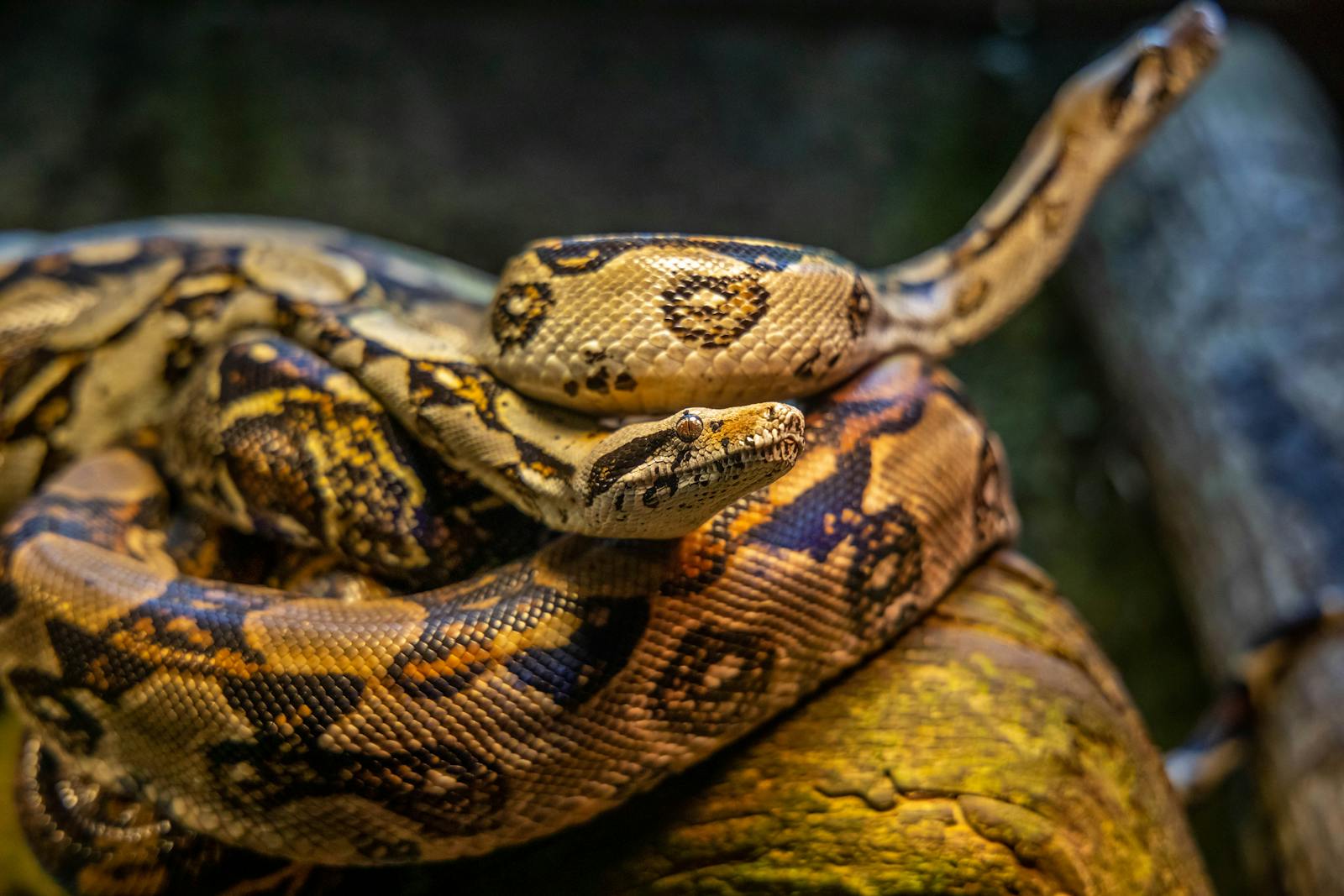
While pressure detection is the sand boa’s primary hunting sense, it exists alongside the more traditional reptilian sensory systems, creating a multi-layered approach to environmental interaction. Unlike pit vipers that rely heavily on infrared detection or many colubrids that depend primarily on vision and chemical detection via their forked tongues, sand boas have elevated tactile sensing to their dominant sensory modality. However, they still retain functional vision, albeit typically less developed than in surface-dwelling species, which helps them navigate when above ground and detect potential threats. Their vomeronasal system, accessed via tongue-flicking, provides chemical information about their environment but plays a secondary role to pressure detection during hunting. This sensory hierarchy represents a specialized evolutionary path distinct from the majority of snake species, highlighting the diverse sensory strategies that have evolved within the reptilian world.
Environmental Factors Affecting Pressure Detection
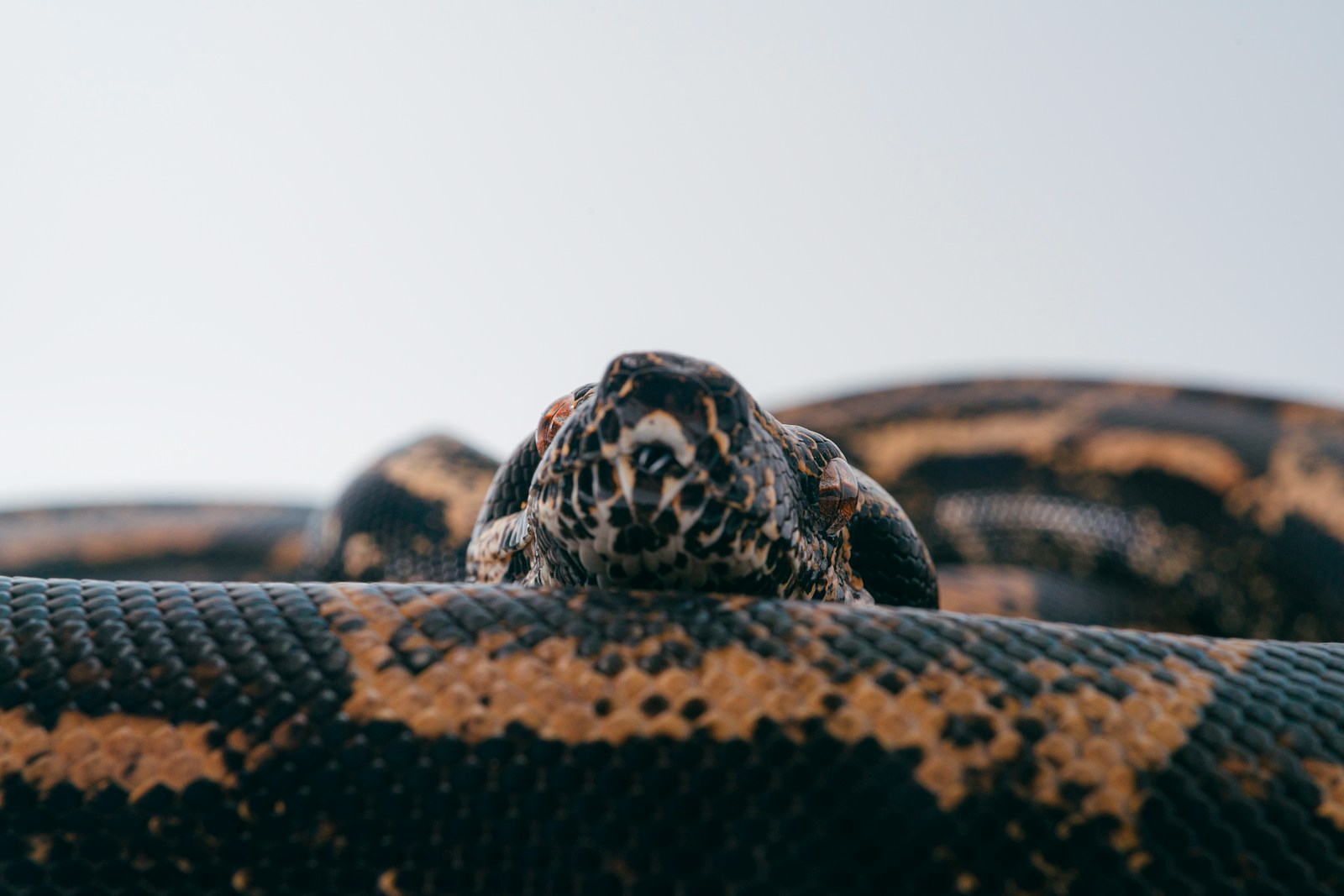
The effectiveness of the sand boa’s pressure-based hunting system is significantly influenced by environmental variables that affect how pressure waves propagate through substrate. Soil moisture levels dramatically impact pressure wave transmission, with slightly damp sand often conducting vibrations more efficiently than completely dry sand, potentially enhancing detection capabilities after rare desert rainfall events. Substrate composition plays a crucial role, with fine, homogeneous sand providing optimal conditions for sensing compared to mixed substrates containing rocks or plant material that can disrupt pressure wave patterns. Ambient temperature also affects sensing ability, as the snake’s mechanoreceptors, like most biological systems, function within specific temperature ranges, with performance typically declining at temperature extremes. Wind-created surface vibrations can sometimes create “noise” in the pressure detection system, occasionally forcing sand boas to adjust their hunting behavior during particularly windy conditions to avoid false positive detections.
Conservation Status and Threats

Many sand boa species face increasing conservation challenges as their desert habitats come under mounting pressure from human activities. Habitat degradation from agricultural expansion, urban development, and resource extraction directly impacts the specialized substrate these snakes depend on for their pressure-hunting lifestyle. The exotic pet trade places additional pressure on wild populations, as sand boas are often collected for their distinctive appearance and relatively manageable size in captivity. Climate change poses a particularly concerning threat, as shifting precipitation patterns and increasing temperatures may alter the delicate desert ecosystems these specialized hunters rely upon. Despite these challenges, many sand boa species remain inadequately studied in the wild, with significant knowledge gaps regarding their population trends, exact habitat requirements, and the full impact of various threats, making effective conservation planning difficult for these remarkable pressure hunters.
The Legacy of Pressure Detection in Scientific Research
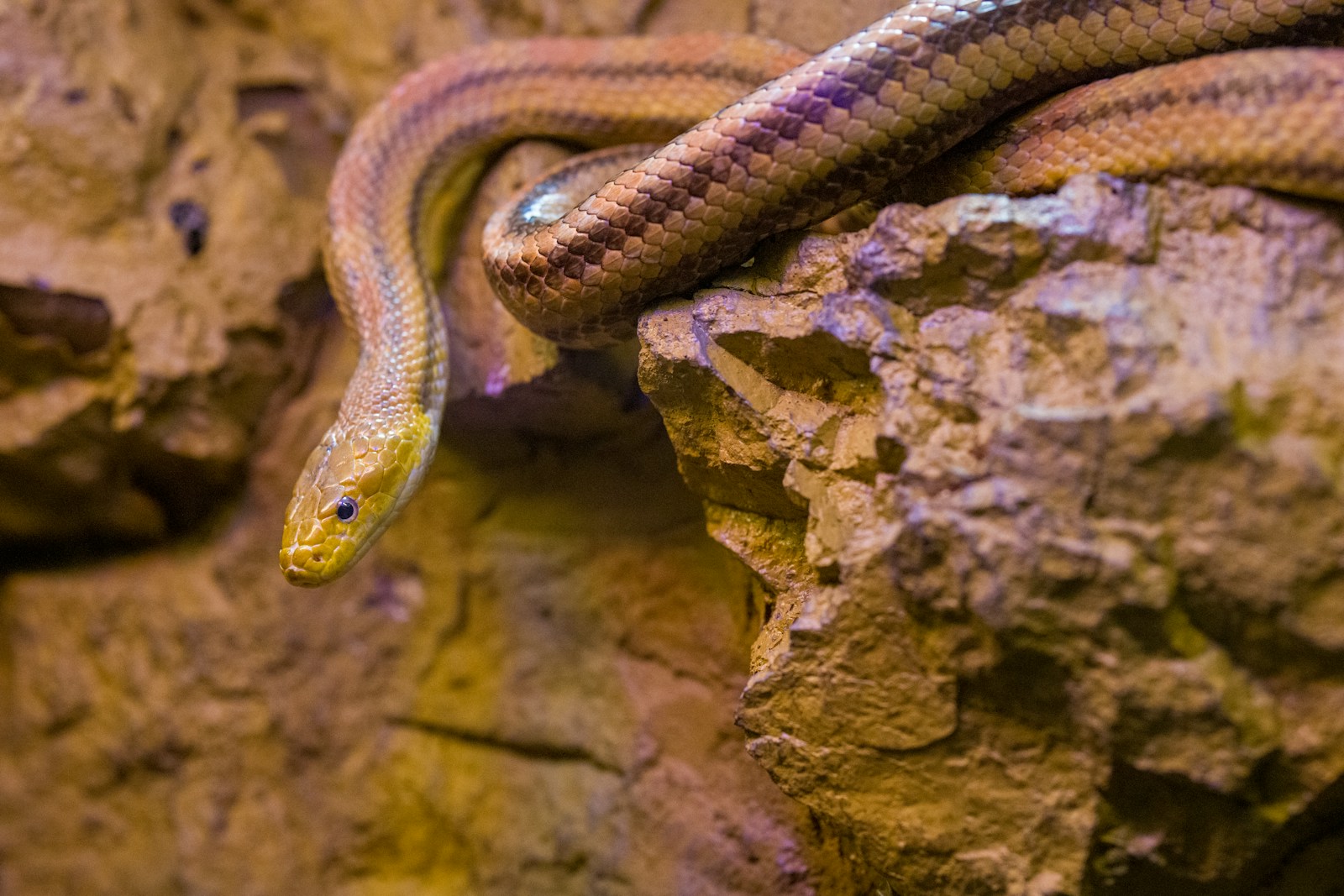
The sand boa’s remarkable pressure-sensing abilities have inspired numerous scientific investigations across multiple disciplines. Biomimetic engineers study these snakes to develop pressure-sensitive artificial skins and tactile sensors that could revolutionize robotics and prosthetic technology. Neurobiologists examine the neural pathways and processing centers that allow sand boas to create mental maps from pressure data, providing insights into sensory processing applicable to human neuroscience. Conservation biologists use knowledge of the sand boa’s specialized sensory adaptations to develop more effective protection strategies for these unique predators and their habitats. The sand boa’s evolutionary journey toward pressure-based hunting also provides evolutionary biologists with a fascinating case study in sensory specialization and adaptation to extreme environments, demonstrating how ecological pressures can drive the development of novel sensory systems when traditional senses prove less advantageous for survival.
Conclusion
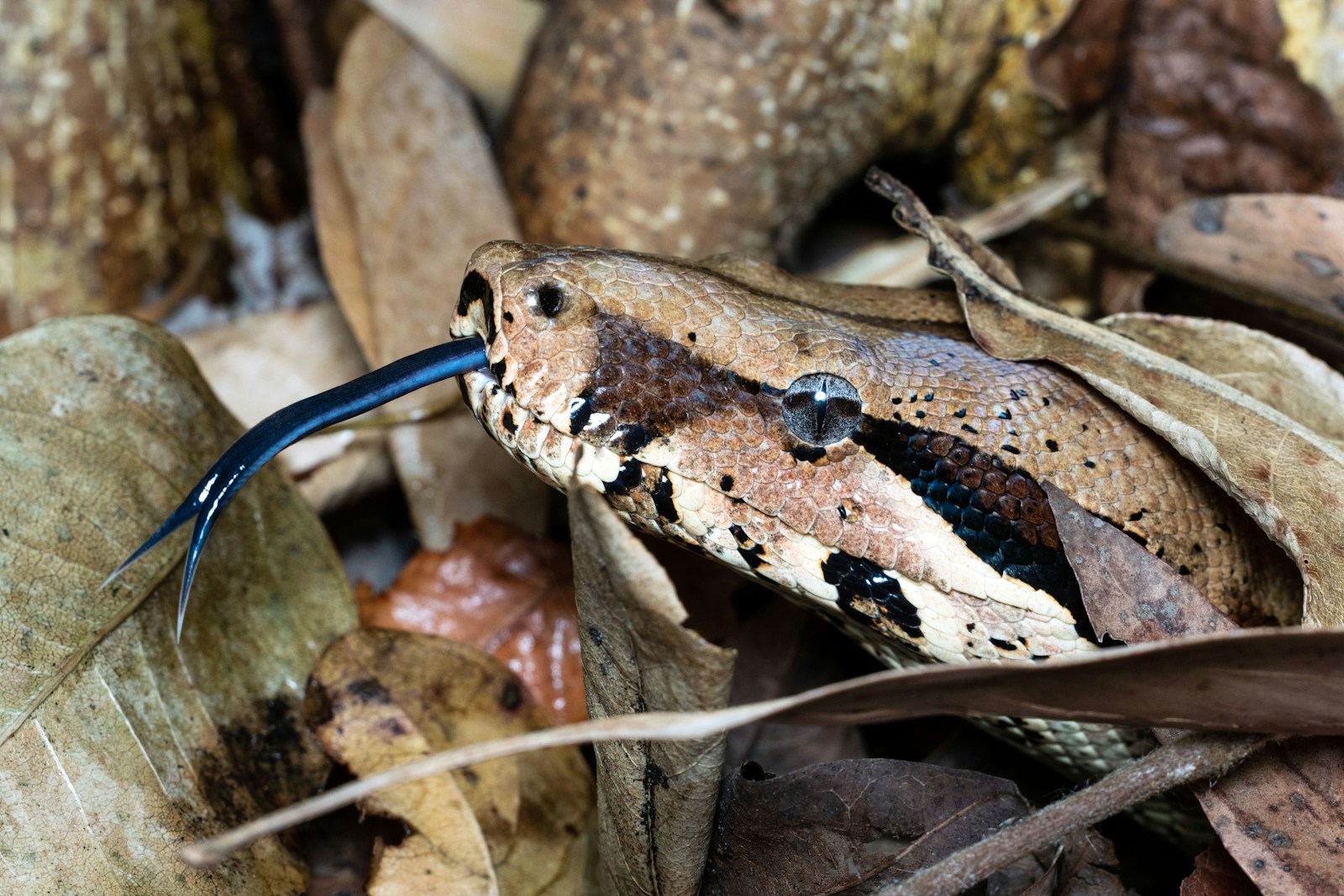
The sand boa’s remarkable ability to hunt using nothing but ground pressure stands as one of nature’s most specialized predatory adaptations. Through millions of years of evolution, these remarkable reptiles have transformed the challenging desert environment from an obstacle into an advantage, using the very substrate as an extension of their sensory system. As we continue to study these pressure-hunting specialists, we not only gain insights into the remarkable diversity of sensory adaptations in the animal kingdom but also find inspiration for technological innovations and a deeper appreciation for the intricate relationships between organisms and their environments. The sand boa reminds us that even in the seemingly barren desert, life finds extraordinary ways to thrive through specialization and adaptation.

